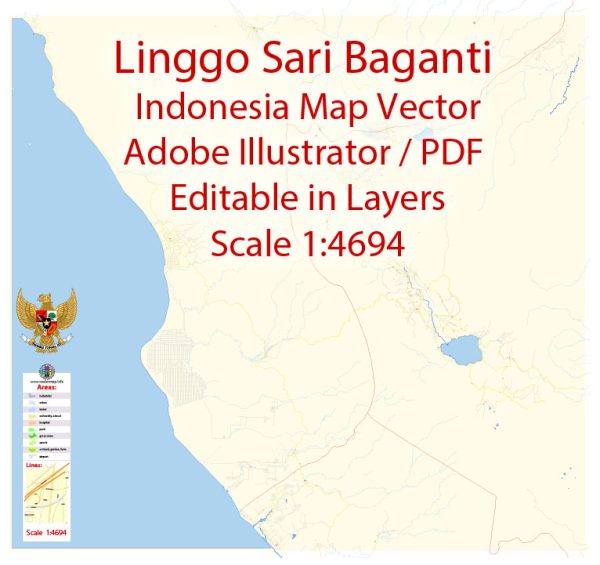Indonesia is an archipelagic country consisting of more than 17,000 islands, and as such, maritime and air transportation play crucial roles in connecting the diverse regions of the nation. Here’s a brief description of Indonesia’s maritime and air transportation:
Maritime Transportation:
- Archipelagic Nature: Indonesia’s archipelagic nature necessitates a robust maritime transportation system. Ferries, ships, and boats are essential for connecting islands, transporting goods, and facilitating passenger travel.
- Ports: Major ports in Indonesia include Tanjung Priok (Jakarta), Tanjung Perak (Surabaya), and Belawan (Medan). These ports serve as crucial hubs for cargo and passenger traffic.
- Ferries and Boats: Given the numerous islands, ferries and boats are primary modes of transportation between islands. They provide a lifeline for both people and goods.
- Fishing Industry: Fishing is a significant industry in Indonesia, and various types of vessels are employed for fishing activities. This contributes to both domestic consumption and export.
- Strategic Waterways: Indonesia controls important strategic waterways such as the Malacca Strait, making it a key player in international maritime trade.
Air Transportation:
- Airports: Indonesia has numerous airports across its islands, ranging from international airports in major cities like Jakarta and Bali to smaller domestic airports serving regional areas.
- Domestic Airlines: Several domestic airlines operate in Indonesia, connecting major cities and remote areas. Garuda Indonesia is the national carrier, while others like Lion Air, Citilink, and AirAsia also play crucial roles.
- Air Traffic: Due to the archipelagic nature of Indonesia, air travel is often the most efficient means of transportation between islands. It reduces travel time significantly compared to maritime options.
- Challenges: The vast geography poses challenges for air transportation, including the need for reliable infrastructure, weather-related disruptions, and addressing the transportation needs of remote communities.
- Tourism: Air transportation is vital for Indonesia’s tourism industry, bringing in millions of visitors to explore the country’s diverse landscapes, cultures, and attractions.
Overall, both maritime and air transportation are integral components of Indonesia’s infrastructure, supporting economic activities, trade, and the movement of people across the vast archipelago. The government continues to invest in improving transportation infrastructure to enhance connectivity and stimulate economic growth.


 Author: Kirill Shrayber, Ph.D.
Author: Kirill Shrayber, Ph.D.